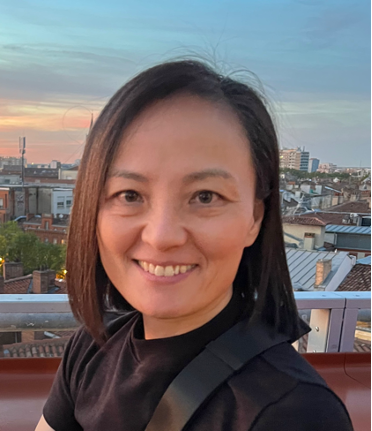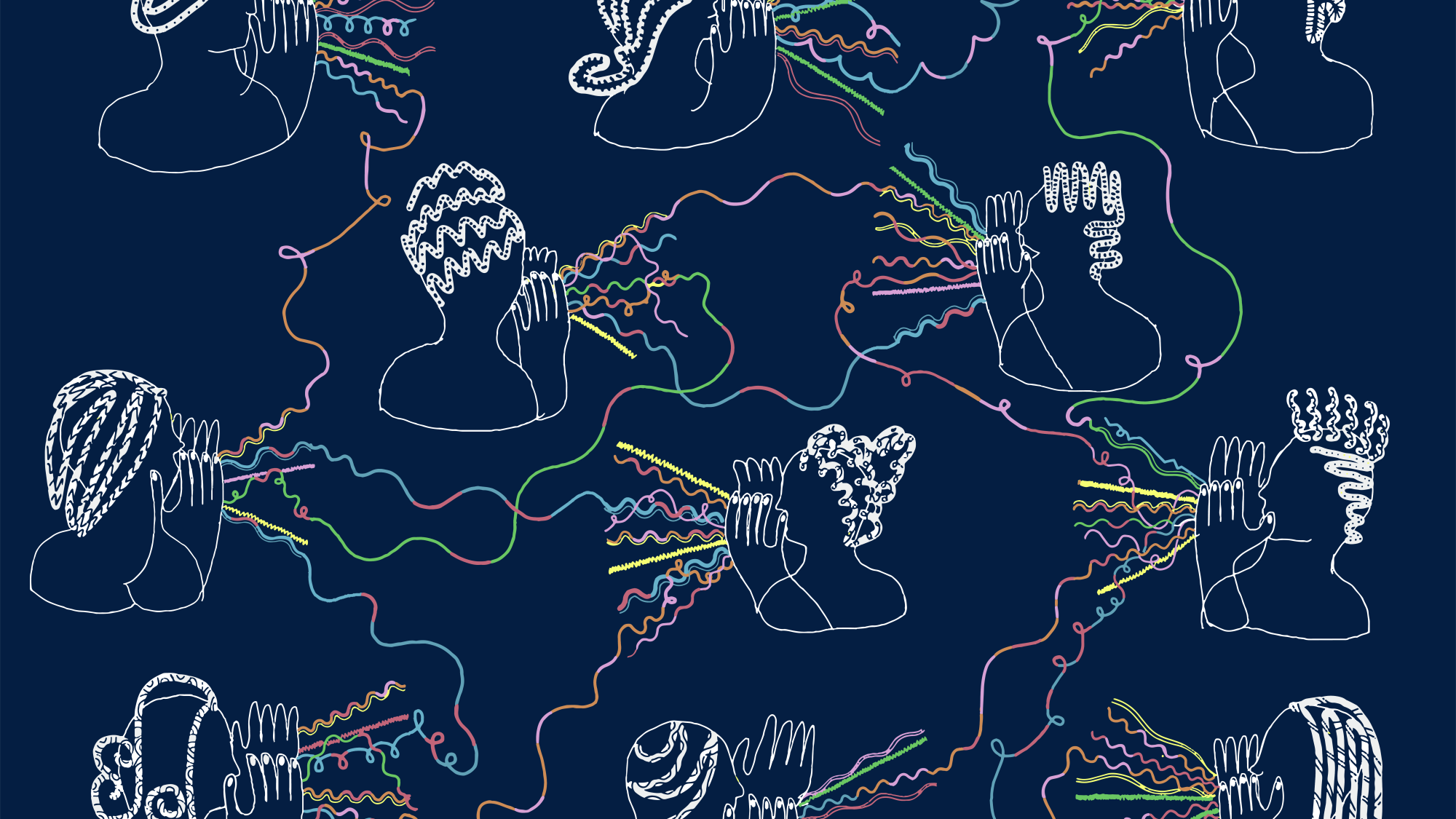ECo Talks: The NASA/NSF ACCLIP Aircraft Mission with Qing Liang
Dr. Qing Liang, a research physical scientist in the Atmospheric Chemistry and Dynamics Laboratory also co-leads the NASA GEOS Chemistry Climate Model (GEOSCCM) project will give her talk: “The NASA/NSF ACCLIP Aircraft Mission – understanding the role of Asian Summer Monsoon in troposphere-to-stratosphere transport of dichloromethane and its impact on stratospheric ozone” as part of the ECo Talks series produced by the Earth Commons.
About the Speaker: Dr. Liang received her Ph.D. in Atmospheric Sciences in 2006 from University of Washington, Seattle, and has been at the NASA Goddard Space Flight center since graduation. Her research has focused on using Global 3-Dimensional Chemistry Models to simulate atmospheric transport and chemistry of compounds that are crucial to tropospheric and stratospheric ozone, e.g., the anthropogenic ozone precursors that are relevant for tropospheric ozone, the man-made ozone depleting substances and the very-short-lived halogen compounds, both natural and man-made, that are important for stratospheric ozone. One primary objective of Dr. Liang’s research is to use NASA data from various observation platforms, surface, airborne, and satellite, to improve our understanding and simulation of these key atmospheric compounds.
About the Talk:
Recent research has highlighted the rapid rise of atmospheric dichloromethane (CH2Cl2) abundance and this may have offset a part of the stratospheric chlorine (Cl) reduction due to decreasing long-lived ozone depleting substances (ODSs) regulated by the Montreal Protocol since the mid-2000s. Asian Summer Monsoon (ASM) is an important pathway for transport of CH2Cl2 into the stratosphere because regions of large industrial emissions co-locate with persistent deep convection during summer. In summer 2022, NASA and the National Science Foundation’s National Center for Atmospheric Research (NCAR) conducted a joint aircraft campaign, the Asian Summer Monsoon Chemical and Climate Impact Project (ACCLIP), in the Republic of Korea in summer 2022. During ACCLIP, extensive CH2Cl2 measurements were collected along with other atmospheric trace gases and aerosols from the East Asia upper troposphere and lower stratosphere (UT/LS) region. In this talk, I will combine measurements from the ACCLIP mission with model simulations from the NASA GEOS model to illustrate 1) how Asian surface pollution are lofted and enter the stratosphere? 2) What is the role of ASM in troposphere-to-stratosphere transport of dichloromethane in a global context? 3) What are the impacts on stratosphere chlorine and ozone abundance.
Here are links to two Youtube videos produced by NASA (that I contributed) if you are interested in learning a bit more about the stratosphere ozone layer and NASA ACCLIP mission
- What’s Going on with the Hole in the Ozone Layer? We Asked a NASA Expert. Watch here.
- NASA ESPO video about the ACCLIP mission here.
Event Details: Light refreshments will be provided. Free and open to all. No RSVP required. In person and online event Zoom ID 93082466514.
About the Series: Every Friday beginning on January 26th, ECo Talks features scholars, leaders and innovators sparking conversation, sharing knowledge, and spurring change. ECo Talks are presented by the Earth Commons Fridays 11:30 am – 12:30 pm in Arrupe Hall Conference Room. Learn more about the series >>

